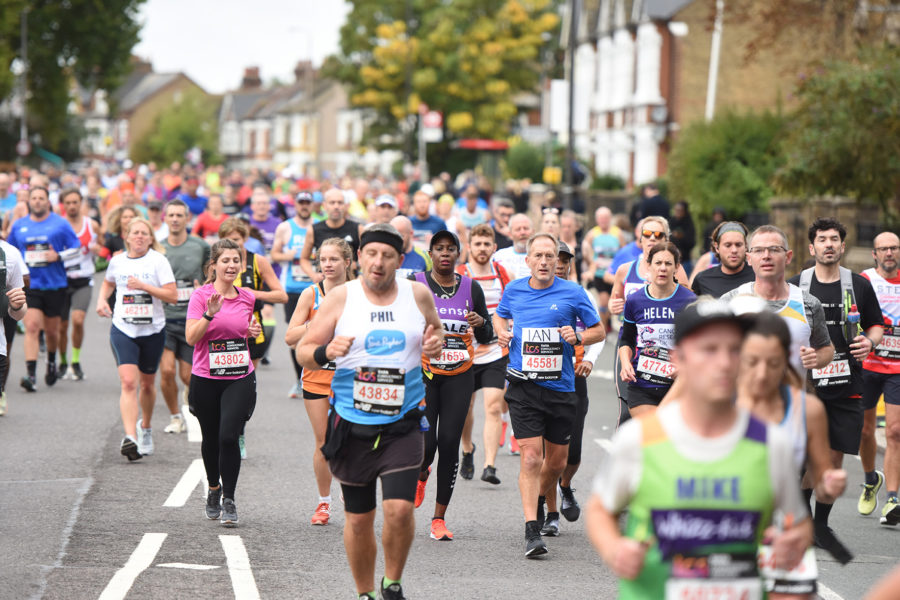Making the most of your last training weeks and preparing to taper
Pre-run food
Now is the time to work out how early you need to eat before you go out for your run and what food you need to eat. Those are the two things we are working out.
I like to give myself at least 2 hours after eating to digest my food, but I have known others who can head out after only 1 hour.
A couple of slices of toast, honey, banana and cinnamon is my go-to breakfast on race day. That’s come through testing out a few options and working out what works for me.
On the run nutrition
This is where you finalise what you are eating on the run and when.
Check out the blog from a few weeks ago where we spoke about gels. Aim to get something in every 45 minutes.
Test your kit
The nothing new maxim extends to your running kit too. Use this time to test out all your race kit. Having a few different options that you can use on race day does help, too, depending on the weather you’ll be faced with.
Of course, you’ll have your SENSE T-Shirt to wear. Try that out. Make sure it fits well.
Pacing practice
As we close in to the final weeks of Marathon Training, one thing you might see is some Marathon Pace blocks into your long run.
We do this so you can practice the pace you will run on race day, and it won’t come as a surprise. Many runners turn up on marathon day wanting to run a specific time but haven’t practised the pace they plan to run at!
Marathon pace is all about sustaining that for 26.2 miles. Getting this pace judgment right is crucial to running your best race. Race pace practice allows your body and mind to get used to what will be required on the big day, so you need to practice this during your training.
When running at marathon pace, you should have a slight pause on the sentence when speaking. It’s not as fully conversational as you would be on an easy run. It certainly isn’t threshold effort running either!
A general rule of thumb to work out your marathon pace is to take your recent half marathon result, double it and add 20 minutes. This will give you your estimated marathon finishing time, and from this, you can work out your pace per mile or km.
Enjoy
Enjoy these long runs too. They are hard work but a great opportunity to just run.
Don’t put too much pressure on yourself with these long runs. They are training, spending time on your feet. How far you go is inconsequential.
Preparing to taper
The taper refers to the practice of reducing exercise in the weeks just before an important race. We can’t train hard all the way to marathon day. The marathon taper will happen in the final 3 weeks of training.
The taper starts the day after the long run, 3-weeks before the marathon. This long-run will generally contain some marathon pace practice work and will probably be your highest weekly mileage week of training.
During this crucial phase, we want to maintain your training routine but gradually reduce the volume. Your body likes a rhythm and routine, and if you can stick to that, you will tick along nicely.
Mentally, the taper phase can be challenging. You’ll start to question if you can do this; you may begin to feel a little sluggish and worry about why you aren’t training as hard as you can.
This is normal. Be positive, look back at your training diary and the key sessions you’ve run and remind yourself you can do it.
A few rules to a good taper:
- Don’t play catch up
Don’t try and fit in an extra session that you may have missed. This will just be of detriment to your overall training. You are where you are due to your training.
- Eat well and stay hydrated
Don’t diet during the taper. Eat well and aim to keep nicely hydrated at all times.
Got questions?
Our friendly team would be happy to help. Get in touch with the team by emailing [email protected].

